This
post was originally published on
this siteOriginally posted at: http://www.nerdfitness.com/
There’s an argument in the fitness world that you can either choose to lose fat or you can choose to gain muscle.
You just can’t do both at the same time.
The claim goes something like this:
- To lose fat, your body needs to be in a caloric deficit. This deficit allows your body to use up pre-existing fat stores.
- To gain muscle, your body needs to be in a caloric surplus. This surplus provides the energy your body requires to repair and build bigger muscles.
How could one possibly do both?
Great question.
Let’s answer it.
Today we’ll discuss losing body fat and building muscle at the exact same time. To see if one can tighten their belt, while simultaneously building strength and gaining muscle.
To help on our journey, we’ll rely on science, studies, and Harry Potter references.
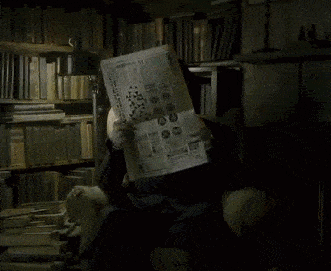
This is Nerd Fitness after all.
First, we’ll talk about the science of losing body fat.
Second, we’ll discuss how you build muscle.
Then, we’ll tie it all together with a bow and chat about if you can lose body fat while building muscle, both at the same time (spoiler alert: you totally can).
Let’s go!
HOW DO YOU LOSE WEIGHT?
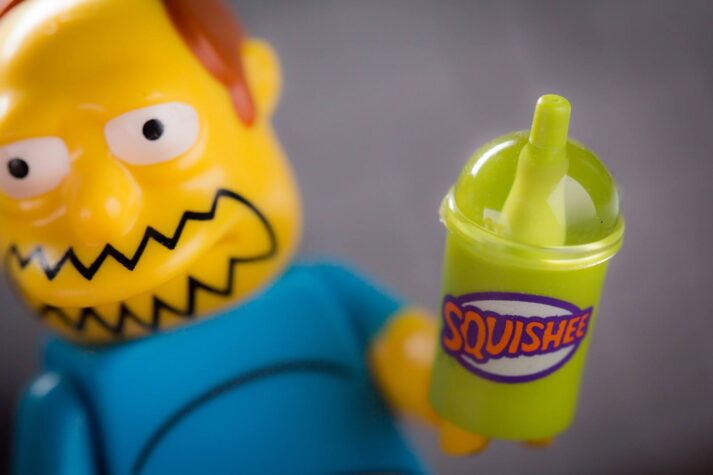
There is a simple answer and a slightly less simple answer when it comes to losing weight.
The simple answer: “consume fewer calories than you expend or burn.” Eight words, and one or two of those could probably be thrown out.
When your body needs more calories than the amount you are eating, you are in a “caloric deficit.” Your body doesn’t have enough calories to go around, so it’ll start breaking down parts of itself for energy requirements.
The hope is that your body will mostly pull from fat stores, though depending on how you are training it will also break down muscle too.[1]
Said again: when you are eating a caloric deficit, your body will pull from both its fat stores AND existing muscle for energy.
From a physique and health standpoint, obviously we’d prefer that your body doesn’t break down muscle when in a caloric deficit, and instead really focuses on using fat stores.[2]
I make this point for a reason: your goal in fitness shouldn’t only be “weight loss.”
Who cares what the scale says, right? The goal instead is losing fat while also keeping the muscle you have (or even building more muscle).
That helps lead to a better physique and a healthier body.
This is the reason why there are such things as tracking “body fat percentage.” By reducing your total fat on your body, or increasing muscle mass, you’ll end up with a lower body fat percentage.
And lower body fat percentages are where “toned arms” and “6-pack abs” hang out.
We’ll talk about tips to keep and grow muscle while in a caloric deficit further down. For now, remember you need fewer calories “in” compared to calories “out” for weight loss to occur, from either fat stores or muscle.
If you’re curious about fat loss, you may be asking, “Steve, what’s easier to do? Burn more calories or consume less?”
Good question.
Numbers will help tell the story: 3,500 calories equals roughly one pound of fat. There are seven days in a week.
So, if you want to lose one pound of body fat in a week (a worthy, sustainable goal), you would need to create a caloric deficit of 500 calories a day: either through consuming 500 fewer calories, burning 500 more calories, or a combination of the two.
Which half is easier to affect?
Here are both halves of that equation. 500 calories equals:
- The number of calories found in a Big Gulp of Mountain Dew.
- An estimate of the calories required to run five miles.
Yeah…
That’s why when it comes to maintaining a caloric deficit, it really comes down to diet. It’s significantly more effective and time-efficient to consume 500 fewer calories than it is to burn 500 additional calories.
As Time magazine controversially pointed out – with tons of cited studies – “exercise alone won’t make you thin,” It’s too easy to add more calories in, and requires too much work to effectively influence “calories out.”
Which brings us to our slightly less simple answer on how to lose body fat:
You need to watch what you eat, and do so in a sustainable way.
Here at Nerd Fitness, we are firm believers that 80-90% of the fat loss equation comes down to diet (check out Rule # 4).
Here’s another idea we focus on: EAT REAL FOOD.
Food that grew in the ground, on a tree, ran on the land, swam in the sea or flew through the air.
Meat, fish, eggs, vegetables, fruits, nuts are all great examples of REAL food.
This type of food is very nutrient dense and often low in calories compared to its processed counterparts. Which means you get filled up without overeating. Win-win-win.
Have you ever seen the difference between 200 calories of broccoli and 200 calories of a bagel? WiseGEEK does a great job of displaying this, so we’ll borrow a couple of their photos.
200 calories of broccoli:
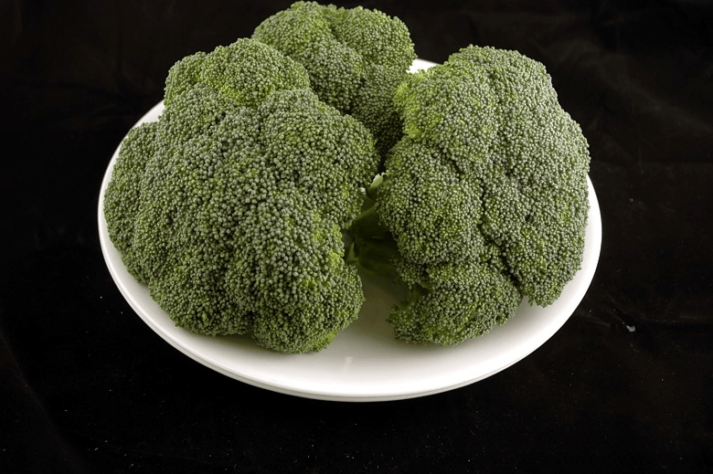
200 calories of a bagel:
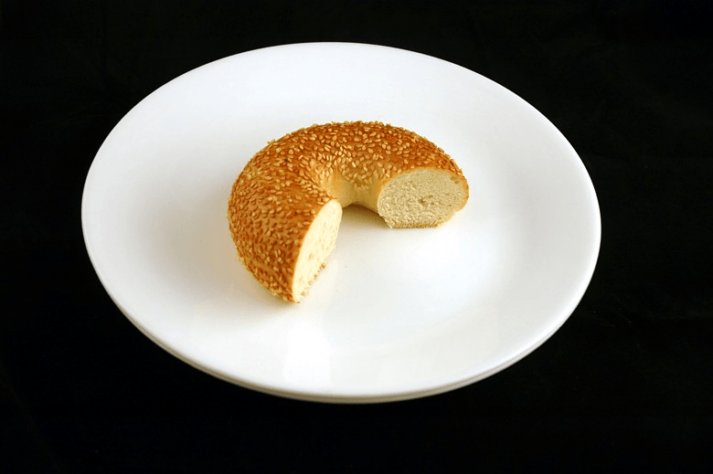
That’s why REAL food is the answer to creating a sustainable caloric deficit.
Most people can eat an entire bagel no problem. Plates of broccoli, with all of the fiber, are much tougher to overeat.
We lay it all out in our Beginner’s Guide to Healthy Eating. It’ll provide tips on how to gradually create habits that get you to a “REAL food” way of eating. We advise to take it slow, so new habits of healthy eating become permanent, something you can do for the rest of your life.
Because again, what you eat will be 80%-90% of the equation on losing body fat.
The other 10-20%? Exercise.
Of course it’s exercise.
Which is a pretty good segway into…
HOW DO YOU GAIN MUSCLE?
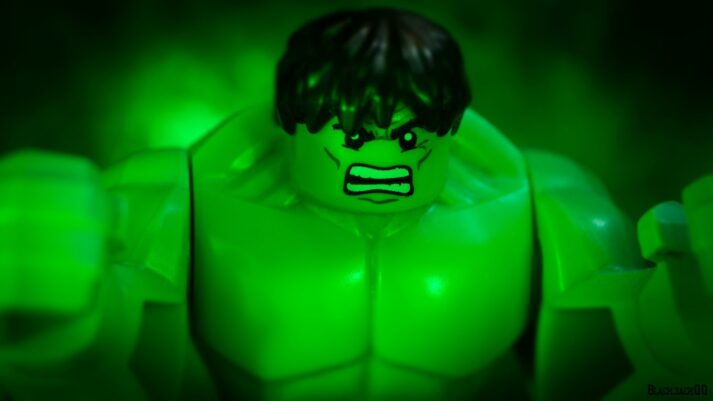
If you want to build muscle, you’re gonna have to lift heavy things and eat such that your body has enough calories left over for muscle building.
This makes logical sense.
In our Beginner’s Guide to Building Muscle and Strength, I summarize it as follows:
- Lift heavy things
- Eat a diet based on your goals
- Rest so your body can recover.
Let’s chat about each one quickly.
1) Lift heavy things. I will always be on Team Strength Training. If you’re looking to build muscle, you’re gonna need to lift heavy things.
When you lift an object (or your own bodyweight) enough times, your muscles reach the point of failure. Which will cause it to tear and breakdown. When your muscle rebuilds, it’ll be bigger and stronger than before. Then you do it again. And again. And again.
As long as you are eating enough to rebuild your muscle, you’ll keep progressing in strength.
2) Eat a diet based on your goals. If your muscle needs to be rebuilt after exercise, the calories are gonna need to come from somewhere. I’ll talk a lot about proper diet in the next section (with a Harry Potter analogy), so I won’t spend too much time on it here.
Just know that eating the right foods will be a big part of gaining muscle.
3) Rest. Your body rebuilds itself while you sleep. So make sure you get plenty of rest each night. I’m talking 8-9 hours. This will help ensure your body has the time it needs to grow stronger. If you’re strength training and only getting six hours of sleep a night, you’re really doing yourself a disservice. Go to bed.
That’s the short gist of how to build strength: challenge your muscles, eat well, and get some rest.
Let’s narrow in on our second point, “Eat a diet based on your goals.” It’ll become very important when balancing both losing body fat and gaining muscle.
To do that properly, grab your owl, and let’s chat about Hogwarts.
CAN YOU LOSE BODY FAT AND GAIN MUSCLE AT THE SAME TIME?
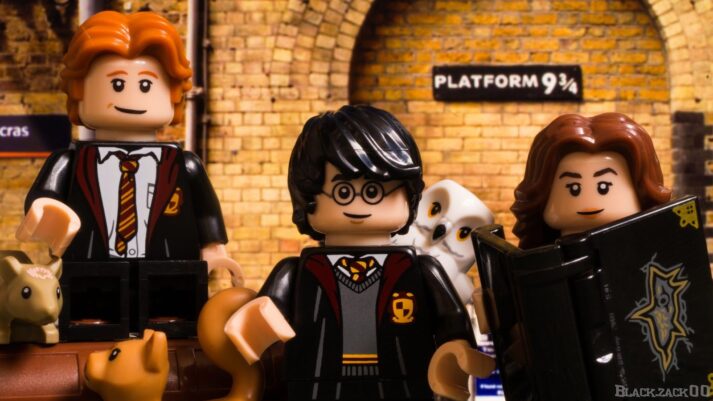
To answer the question of losing body fat and gaining muscle at the same time, I’d like to introduce an analogy from the world of Harry Potter.
Recall the “Sorting Hat.” The Sorting Hat’s job was to determine which of the four houses kids will call their home.

It’s almost like a traffic director: “Harry, you will go to Gryffindor! Draco, you will go to Slytherin!”
Your body operates on a VERY similar operation: every day it receives new calories (when you eat), and it needs to decide what to do with them!
For example:
You eat a chicken parm sub, with fries, and a 20 ounce soda. Your body then has to know where to route all those calories.
To keep things simple, it has three choices. It’ll sort those calories into one of three houses:
A. Burn for Fuel.
B. Rebuild Muscle.
C. Store as Fat.
Right now, when you eat food, your body sorts most of those calories into “Burn for Fuel.” There’s a number of calories your body needs each day just existing: to keep your liver functioning, your heart pumping, your brain operating, to regulate your body temperature, and so on – it burns a good chunk of calories just keeping the lights on.
There’s also “B. Rebuild as Muscle” and “C. Store as Fat,” which I devoted entire sections to above.
When you overeat calories and your body doesn’t need anymore to fuel itself, it takes those extra calories and stores them as fat.
However, our goal is the OPPOSITE of this! We want to keep the muscle we have (or grow it) while getting rid of the fat!
So let’s imagine a scenario where we pull all this together:
- You strength train regularly, and your muscles break down and need to be rebuilt.
- You don’t consume enough calories to both rebuild muscle and fuel itself. Not enough to go into the “Burn for Fuel” and “Rebuild Muscle” houses.
Does your body just shut down?
NOPE!
Your body has been preparing for this, by storing any excess calories over the years in the “Store as Fat” house.
This means your body will pull from “Store as Fat” to make sure all the work still gets done, including your daily functions as a human and rebuilding the muscle you tore apart.
Said another way: if you have fat stores on you, you do not need to be in a “caloric surplus” to rebuild muscle. The calories stored in your fat cells act as this required energy.
There is also evidence that muscle can even be grown while in a caloric deficit. Meaning bigger muscles with a lower belt size.[3]
However, as previously stated, you need to have decent fat stores on you for this to work. There needs to be something in “Store as Fat” to pull from.
If you don’t have a lot of body fat AND you are trying to build muscle, being in a caloric deficit will most likely result in you not getting bigger (this is the biggest mistake I see skinny people make trying to bulk up – they don’t eat enough)
Because you aren’t eating enough, and you don’t have much in the way of fat reserves, your body will have trouble building muscle because there are no extra calories left over for its creation.[4]
There’s just not enough calories in the total system to go around.
However, for the average person trying to get fit, this shouldn’t be an issue. Which means that most people can build muscle and lose body fat at the exact same time.
There are some finer details though, that we should discuss.
TIPS TO LOSING BODY FAT WHILE GAINING MUSCLE
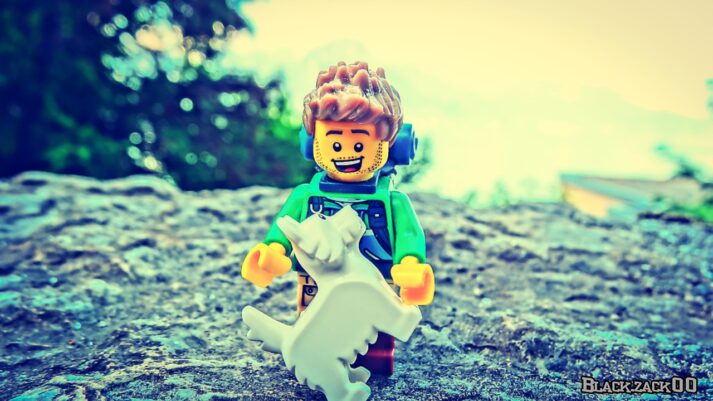
Let’s bring this all together and create some actionable steps to losing body fat and building muscle at the same time.
1) Sustain a caloric deficit. You need your body to burn more calories than you consume. Remember the Sorting Hat analogy. If you’re eating too much, your excess calories are being sent to the “Store as Fat” house. We want to pull from this house instead. So eat less than you burn. Which granted, is way easier said than done.
I have two resources for you. The first, mentioned earlier, is our Beginner’s Guide to Healthy Eating. If you want tips and tricks to create habits based on REAL food, that guide will help get you there.
The second is our article “Determining the Perfect Diet for You.” I talk about the benefits of creating a Mental Model on nutrition like Intermittent Fasting, Paleo or Keto (or Paleolithic Ketogenic) to help navigate all the food choices you need to make.
You don’t have to follow some predetermined blueprint like “low-carb.” You can create your own diet (which is what I do). Learn all about it right here.
2) Strength train. If you could sell a pill, that could be prescribed to every single person on Earth to make them healthier, it would look something like a strength training practice in a bottle. It is one of the best things you can do for your body.[5]
And really, if you’re after building muscle, you’re gonna need to lift something. You need to challenge your muscles in order for them to get stronger. Now, as we discuss in our article on the correct number of reps and sets, there are multiple ways to go about this. You can lift light but put in a lot of reps. Or go heavy with fewer reps.
The important thing: pick a strategy and get going. Even if you just start with your own bodyweight. Once you’ve picked up the habit of strength training, you can work on adjusting it to the next level.
3) Prioritize protein. Outside of being in a caloric deficit and lifting weights (or yourself), eating enough protein is one of the key components of both losing body fat and building muscle. Protein is the number one nutrient for creating new tissue. So when you cut out calories to create a caloric deficit, don’t cut them from protein sources.
Studies have shown that participants can gain muscle, even while in a caloric deficit, as long as they eat enough protein.[6]
It’s important enough that I’ll say it again: if you don’t want your body cannibalizing it’s muscles while you are in a caloric deficit, you need to eat plenty of protein.[7]
How much protein? Roughly 1 gram for every pound of your weight.[8] Or a half gram for every kilogram you weigh, if you live across the pond.
The gist: don’t skip out on protein. It should be on your plate for every meal.
If these generalized recommendations stress you out, and you want to know exactly what to do, we can help! We offer a 1-on-1 Online Coaching Program to help clients lose body fat, gain muscle, and level up their lives. We can provide tailored and specific recommendations based on your body and lifestyle, plus accountability and mindset changes to help ensure your new habits stick.
Want to learn if we are a good fit for each other? Learn more by clicking below:
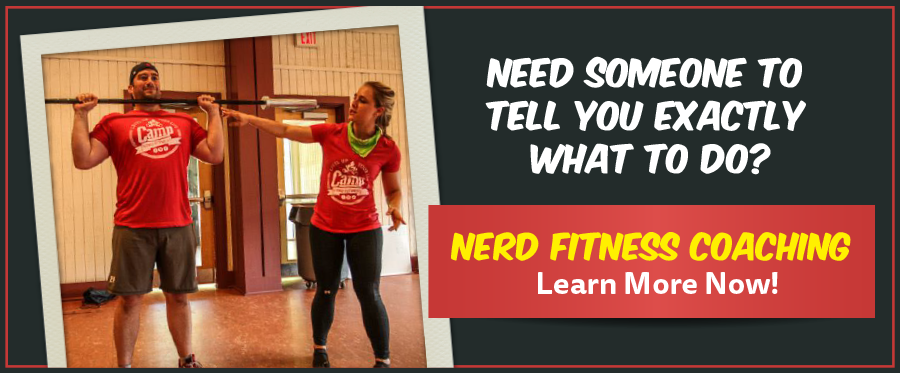
CAN YOU LOSE WEIGHT AND GAIN MUSCLE AT THE SAME TIME?
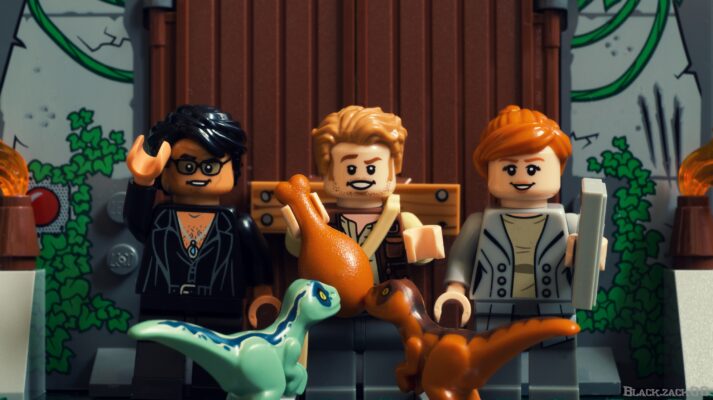
We started this article asking a question, “can you lose weight and gain muscle at the same time?”
We switched “weight” to fat loss, as a more ideal goal for health. However, I want to address the question on losing weight and gaining muscle at the same time.
Can it be done?
The answer is “yes.”
Research has shown that if you have a lot of body fat to lose, and are strength training, you can still build muscle while the scale drops.[9]
The cited study demonstrates that both body fat and total weight can drop while muscle is growing.
Don’t assume that the scale has to go up if you are gaining muscle.
It’s a common mistake I see people make: “I started strength training, and the scale went up. I probably gained 10 pounds of muscle and lost 5 pounds of fat, that’s why the scale is up.”
Maybe. But maybe not. Body composition can be complicated. For example, as this study points out, even if you are losing muscle mass during a caloric deficit, you could still be maintaining or increasing your strength.[10] There could be a lot of different factors at play.
For example: it’s important to know that muscle size, while correlated to strength, does not exist in a 1-to-1 relationship.[11]Muscle can grow stronger without getting bigger. So even if the scale is dropping because you are losing fat and muscle, if you are strength training, you could still be getting stronger.

Sigh…
STEVE, JUST TELL ME WHAT TO DO!
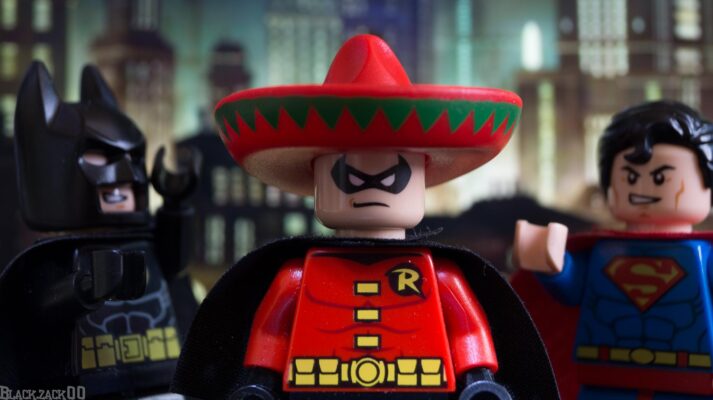
Okay, okay, I hear you.
I would encourage you to follow the three steps above to lose body fat while gaining muscle: sustain a caloric deficit, lift heavy, and prioritize protein.
Those three steps will help you keep the muscle you currently have, and potentially grow more, while burning through your fat stores.
As noted though, this will only work until a point. You’ll reach a status where there just isn’t enough fat on you to help with “Rebuild Muscle.” At this stage, you can no longer stay with a caloric deficit. You’ll need to flip to “caloric surplus.”
Which means you’ll have to eat more.
It’s debatable when this will actually occur, and we are all different. Reaching 8% body fat for men and 16% body fat for women could be a good rule of thumb.
Once you are that low in body fat, and you want more muscle, you’ll need to increase your calories. There’s no way around it. For a lean person to put on muscle, you’ll need enough calories to get the job done.
I talk about this extensively in our article A Beginner’s Guide to Bulking Up. It covers ways to increase your calories for muscle gain, from eating plentiful amounts of Paleo foods to drinking enough milk to make Santa Clause jealous.
I encourage you to read it if you are plateauing in size.
I want to stress that if you are lifting heavy, and not gaining muscle, diet is likely the culprit. It was my problem for years, and I’ve seen it amongst countless readers of Nerd Fitness who have trouble gaining muscle.
Let’s end this article by offering some tips to make sure everything is going according to plan.
HOW TO TELL IF IT’S ALL WORKING

If you’re trying to improve something, it’s important to track it. This also holds true of body composition.
Most people do this by jumping on the scale. This can be “Ok,” but it’s only going to tell part of the story.
As I explained muscle weighs more than fat, so if you are losing body fat and gaining muscle at the same time, you might actually weigh the same. Or even more! Despite weighing more, you could potentially have a better physique.
That’s why in addition to jumping on the scale, I would also encourage you to take some selfies.
Take front and side photos in your mirror, wearing underwear or a bathing suit. Each week, take new photos, and record the number on the scale under the same scenario. Two forms of tracking here allow us to get the full picture. The scale sometimes lies!
If you eat for a caloric deficit, strength train, and prioritize protein, see what happens. You may find yourself losing some fat and gaining muscle. If not, track each category.
- Are you really in a caloric deficit? Track your calories to find out.
- Are you lifting enough? Track your compliance with never missing a workout and whether or not your progressing in increased weight or repetitions.
- Are you prioritizing protein in your meals? Track your macronutrient breakdown each time you eat.
Data can help tell the story.

…I was thinking of detailed notes. But an android would be helpful too.
Oftentimes if you’re not seeing desired results, notes and record keeping can help point us in the direction to make adjustments. Test your assumptions if things don’t appear to be on track.
I think that about does it for me and this article.
Did I miss anything? Do you have any tips and tricks when it comes to shedding body fat and building muscle?
Share it with us!
-Steve,
PS: If you want more personalized advice on how to lose body fat while building muscle, I’ll again remind you of our Online Coaching Program. We work with busy people just like you to help implement complete life overhauls. If you want to see if we are a good fit for each other, click right here to learn more.
###
All photo sources are right here.[12]
Footnotes ( returns to text)
- Check out this study on energy deficits and fat loss and read a study on calorie deficits causing muscle loss right here and here.
- Here’s a study on the importance of lean muscle right here.
- Check out this interesting study on gaining muscle while in a caloric deficit. It should be noted that the participants drank milk. We’ll touch on macronutrient breakdown being key to muscle growth below.
- Here’s an interesting case study on bodybuilders trying to build muscle right here.
- A study on resistance training benefits can be read here.
- There’s studies on protein and muscle retention right here, here, here, and here.
- Here’s a systematic review on protein being critical for muscle retention.
- Here’s an interesting study on protein and muscle growth.
- Check out this study on obese patients losing an average of 16 pounds of fat while gaining 9.5 pounds of muscle. Muscle Evo has a great write up of it.
- Check out this interesting study on losing muscle size but not strength
- This is a study showing strength independent of size.
- Venting Off, Jeff Albertson, Hulk Angry, On the way to Hogwart, good dog, It’s time to eat, Muchacho Robin, Ole, jump


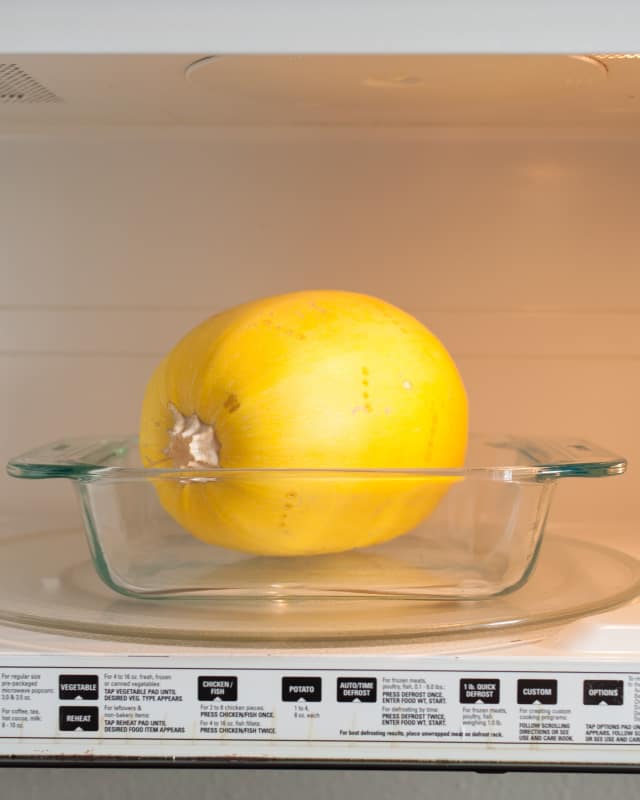














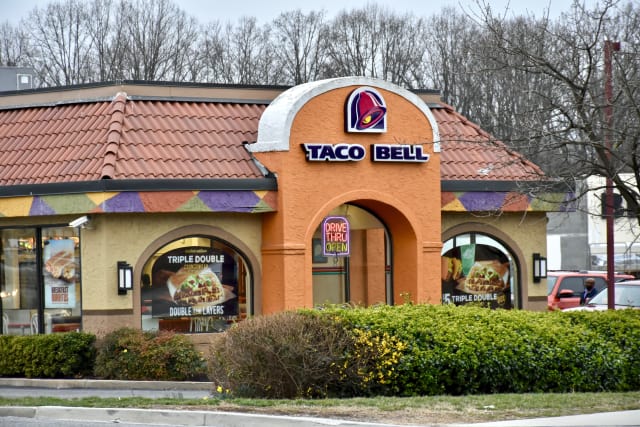
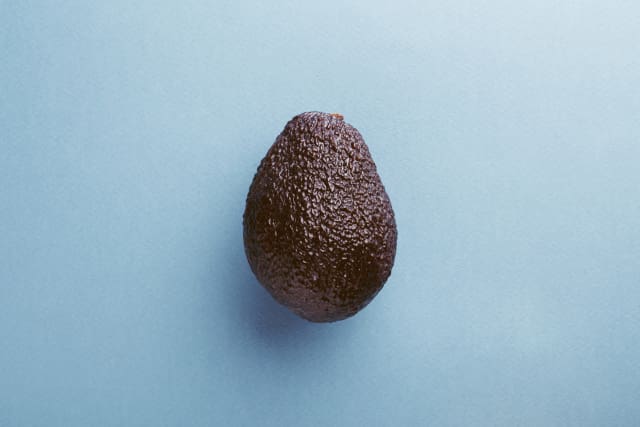

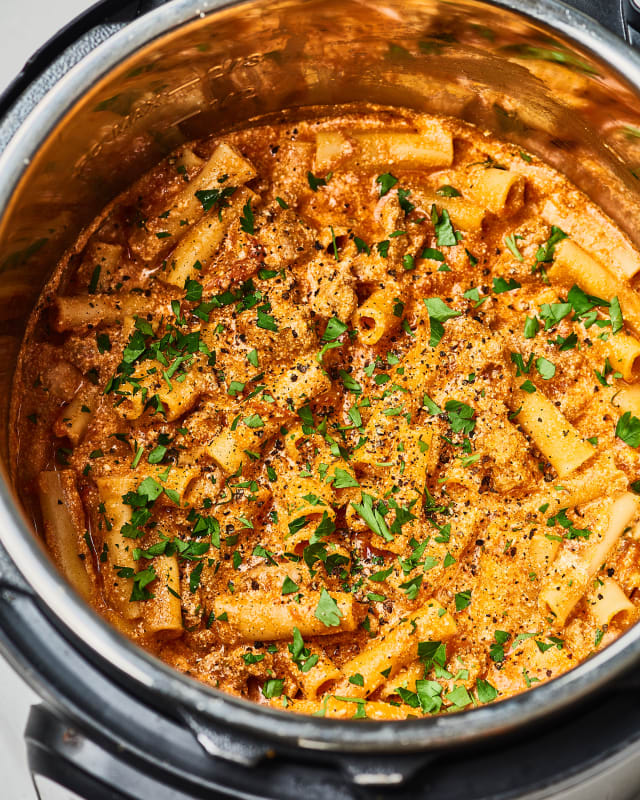
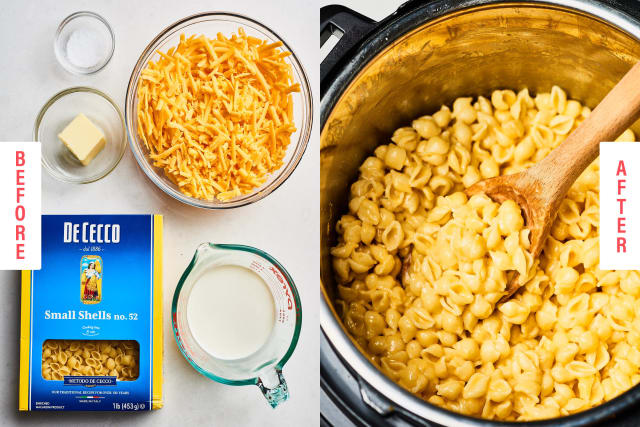
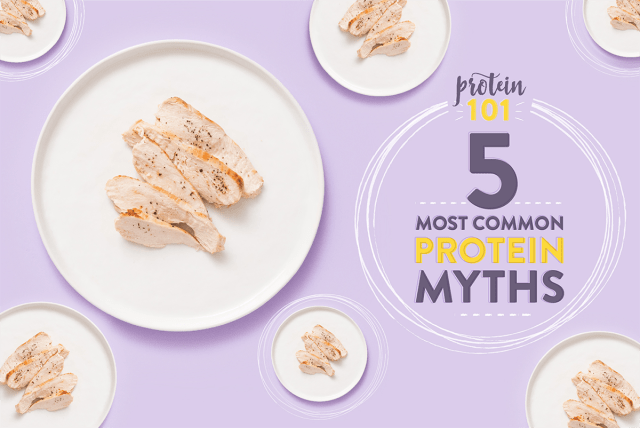
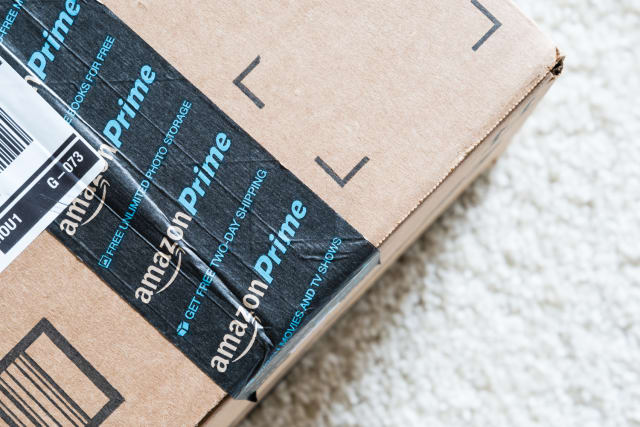
 For now classes are 6pm and 640pm at 2840 Wildwood st in the Boise Cloggers studio.
Book your class NOW!
click this ==>
For now classes are 6pm and 640pm at 2840 Wildwood st in the Boise Cloggers studio.
Book your class NOW!
click this ==>








